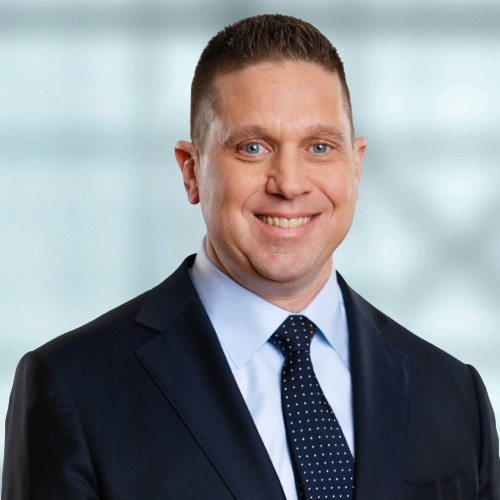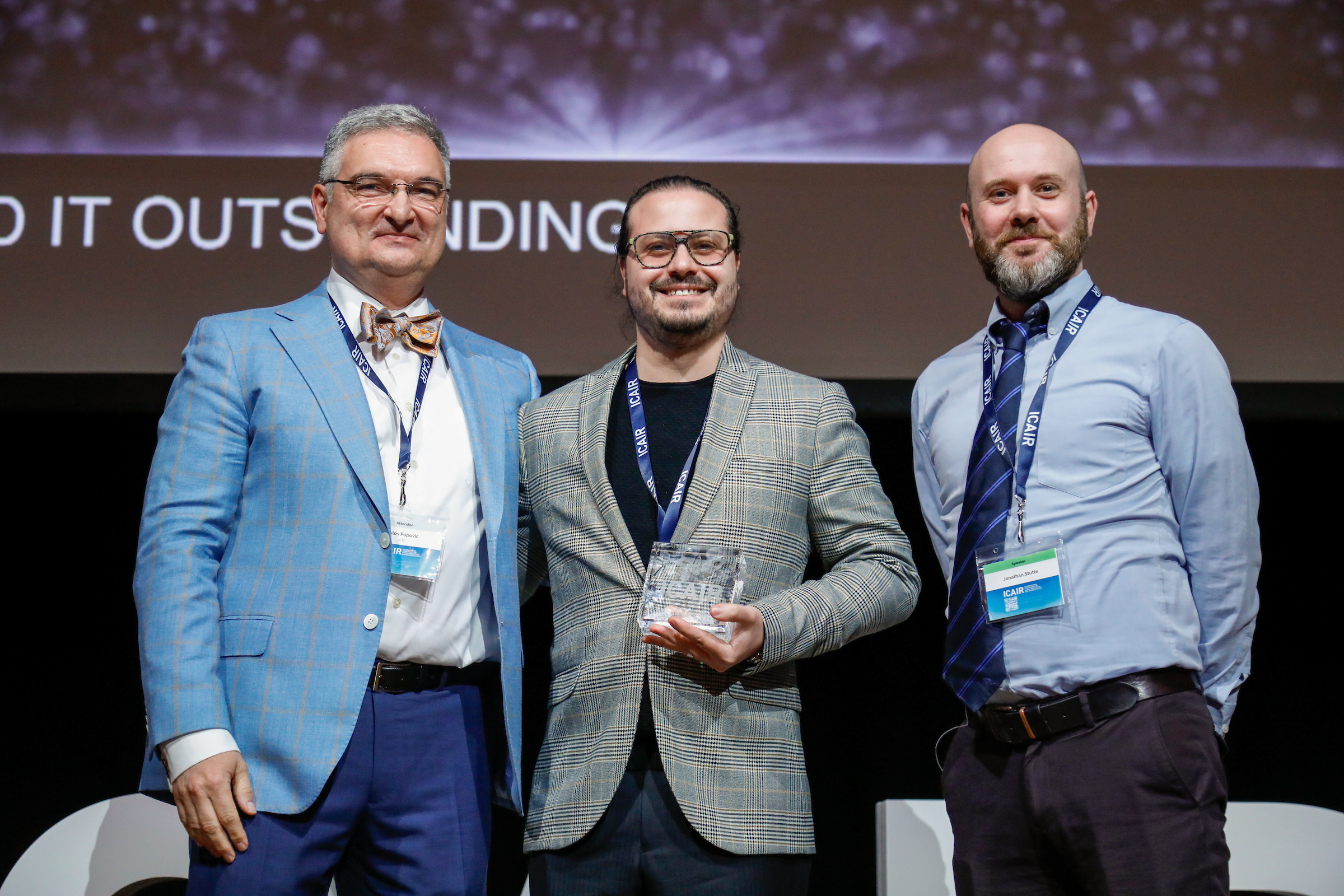AR technology proving to be beneficial for people seeking home-based therapy solutions, says winner of ICAIR's 3MT competition
Dr. Damian M. Manzone, post-doctoral researcher at KITE and winner of this year's ICAIR Three-Minute Talk competition, is investigating whether the use of augmented reality (AR) in traditional hand rehabilitation can provide an additional level of guidance and evaluation for patients who continue their therapy outside of the clinic.
Current home-based hand rehabilitation relies on self-guided therapy, with individuals guessing the accuracy of target postures and movements. Augmented reality therapy builds upon this by integrating virtual information. This is done by using an AR headset to project a visual overlay on the hand that maps the finger joints.
“It really is an augmented reality. You see your hands, you see your objects — and we can add more to your world,” says Dr. Manzone, who is currently developing an app that integrates AR technology into hand rehabilitation for patients with spinal cord injuries, a research project in collaboration with Drs. Olga Taran, Hardeep Singh, Cesar Marquez-Chin, and José Zariffa.
“Home-based, customized rehabilitation is the goal,” says Dr. Manzone. The app runs on a wearable AR headset (the Microsoft HoloLens 2) and guides the user through a series of grip exercises. The additional information, such as movement feedback and scorekeeping, has shown to be beneficial to users.
“Individuals talk about how it's like having a therapist with them, at least with how they get feedback about what they're doing.”
 Dr. Manzone wears the AR headset, and completes a grip motion, aided by the augmented reality overlay.
Dr. Manzone wears the AR headset, and completes a grip motion, aided by the augmented reality overlay.
The technology aims to address the most prominent limitations of at-home therapy: inconsistent motivation and a lack of rehabilitation guidance and evaluation.
Dr. Manzone hopes the iterative rounds of refinement will create a tool co-designed by the population it seeks to help, noting how important it is that the research considers the various ways different demographic groups interact with technology.
“They're not only defined by the fact that they have a spinal cord injury,” says Dr. Manzone. “We have individuals of different genders, and a wide range of age groups, which also impacts how they think about willingness to use technology in general."
The team plans to continue evaluating the technology with the input of patients at the Toronto Rehabilitation Institute, as well as community members living with spinal cord injuries.
Like all app design, Dr. Manzone says, it is important that the application is shaped by the community it seeks to aid. “Our current patients are our future users.”




